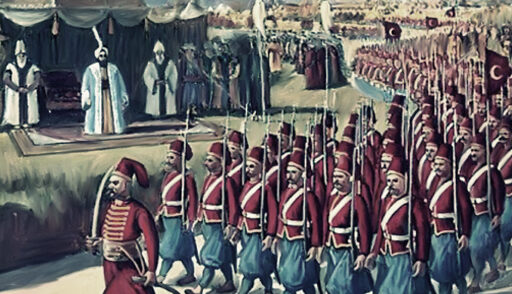Did you know that plastic surgery, a medical specialty we often associate with modern times, has roots going back more than 2,000 years? The man responsible for pioneering this field is an ancient Indian surgeon named Sushruta, often referred to as the “Father of Plastic Surgery.”
Let’s take a fascinating journey through time to explore the life and work of Sushruta, a visionary whose contributions to medicine continue to impact us today.
Who Was Sushruta?
Sushruta was a renowned physician and surgeon who lived in India around the 6th century BCE. He practiced in the ancient city of Varanasi (then known as Kashi), which was one of the world’s early centers of learning and medicine. He is most famous for his groundbreaking work in surgery and medicine, which he compiled in a book called the Sushruta Samhita.
The Sushruta Samhita is one of the oldest medical texts in the world and offers detailed instructions on surgical procedures, human anatomy, and even medical ethics. It is considered one of the cornerstones of Ayurveda, the traditional Indian system of medicine.
The Origins of Plastic Surgery
When we hear “plastic surgery,” most people think of cosmetic procedures, but the term “plastic” comes from the Greek word plastikos, meaning “to shape or mold.” Sushruta’s work was far more practical than cosmetic—his surgical techniques helped people recover from injuries, deformities, and diseases.
One of Sushruta’s most famous contributions to surgery is the rhinoplasty, or nose reconstruction. In ancient India, cutting off someone’s nose was a common punishment, and this led to many patients in need of nasal reconstruction. Sushruta developed a technique using skin from the forehead to rebuild the nose—a procedure remarkably similar to the methods used in modern plastic surgery!
Groundbreaking Surgical Techniques
Sushruta was not only a pioneer in plastic surgery, but he also developed and taught many other surgical techniques. He is said to have performed surgeries such as:
- Cataract surgery: Sushruta removed cataracts to restore sight.
- Skin grafts: He used skin from one part of the body to repair injuries in another area.
- Fracture management: He set broken bones using splints and bandages.
- Amputation and prosthetics: Sushruta performed amputations and even suggested the use of prosthetics to replace lost limbs.
He was also a strong advocate for cleanliness and sterilization, recognizing the importance of hygiene in preventing infections during and after surgery. This was truly revolutionary for his time.
Teaching the Art of Surgery
One of Sushruta’s most remarkable contributions was his focus on teaching. He believed that surgery required both theoretical knowledge and hands-on practice. He trained his students using creative methods—like making incisions on fruits or practicing on the bark of trees to simulate human skin.
Sushruta’s emphasis on practice and precision showed how deeply he understood the complexity of surgery. His teachings on anatomy were incredibly detailed for his time. The Sushruta Samhita describes over 300 surgical procedures and names around 120 surgical instruments!
The Legacy of Sushruta
Sushruta’s legacy has endured for over two millennia. His work laid the foundation for not only plastic surgery but also many aspects of modern medicine. He demonstrated that surgery was a legitimate and important part of medicine, not something to be feared.
During the Abbasid Caliphate in the 8th century (around 750 AD), these Sanskrit works, including the Sushruta Samhita, were translated into Arabic, under the Caliphate’s focus on expanding medical knowledge. These Arabic translations, particularly influential in centers like Baghdad, later traveled to Europe through Arabic-Spanish intermediaries in places like Al-Andalus (Muslim Spain), greatly influencing medieval European medicine.
Today, doctors and medical historians look back on Sushruta’s contributions with great admiration. His innovations in surgery and his understanding of the human body were far ahead of his time. Even though he lived in a world without advanced medical technology, his techniques were precise, effective, and innovative.
Conclusion: A True Pioneer
Sushruta is a shining example of how ancient wisdom can influence modern practices. His contributions to plastic surgery and medicine have left an indelible mark on the world, and his teachings continue to inspire surgeons and physicians today.
The next time you hear about plastic surgery, remember that it didn’t start in a fancy clinic or hospital in the 20th century. It started over 2,000 years ago, with a brilliant man in ancient India named Sushruta, whose groundbreaking work continues to benefit humanity to this day.







